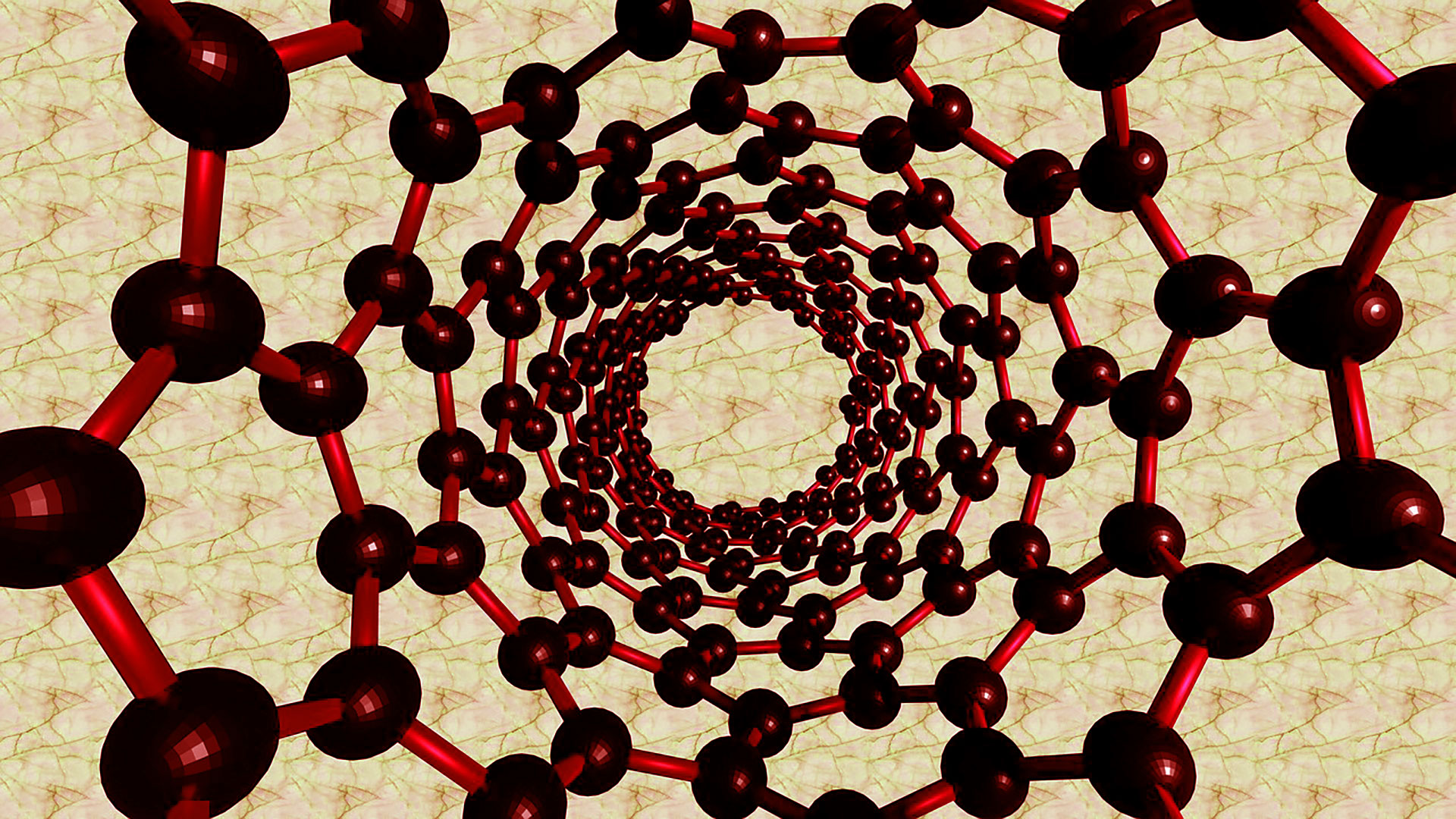Can you ever imagine a human building a home and painting the outer walls with colors that operate as a solar panel, The break using that house will work as a battery? Although it may seem far-fetched, that future is not far away! All of this will take place to further nanotechnology.
What is Nanotechnology?
The word “nano” means “very small.” Which is enormously small. The length of a nanometer is a billionth of a meter. It’s 100,000 times smaller than human hair.
Nanotechnology uses and manipulates matter on an atomic, molecular, and supramolecular scale. In Nanoscience engineering, technology is shown on the nanoscale, which is measured in nanometers and ranges from 1 to 100.
Nanotechnology is one of the fast and rapidly evolving fields in modern science. Scientists can now develop nanostructures by themselves. They can make something new by rearranging the atoms of an object, a brand-new nanomaterial with a brand-new set of qualities they can make it stronger, lighter and they can also change its color and size. This is where technology’s magic begins.
NanoMaterials and Cleaner air
When it comes to environmental applications, the use of nanotechnology is still in its early stages. However, there are some ways that it is being utilized to help prevent environmental damage. Nanotechnology is often seen as a potential solution to many environmental problems, including the causes and consequences of climate change.
By using nanoparticles to create a barrier between toxic materials and the environment, which prevents them from spreading further into the environment. Nanotechnology can be used in the development of more efficient solar panels and more effective batteries, additionally, it can be used to create materials with enhanced catalytic properties that help reduce pollution and give us cleaner air, such as fuel cells and water filters.
The world hopes that nanotechnology will improve energy generation and storage goods and processes.
Nanotechnology in the field of healthcare
There are many ways that nanotechnology is used in healthcare today. One way that it can be used is to help with drug delivery systems, which allow drugs to be released into your body at specific times or locations (such as when you have an infection). Nanoparticles can also be implemented in medical imaging processes to make them more accurate and targeted, resulting in faster diagnoses and lower treatment costs. In addition, the material properties of gold nanoparticles make them ideal for use in cancer treatments.
Another way that nanotechnology can be used in healthcare today is by creating new materials for medical devices that are lighter weight and more durable than what we currently have available on the market today.
Scientists are engineering and making the technology at the nanoscale, with this we are getting far more advanced than you imagine. Researchers at the Max Planck Institute have been experimenting with nano-sized robots that can swim through your bloody fluids and could be used to deliver drugs in a targeted area. These micro boots are designed to swim through non-newtonian fluids like blood, the lymphatic system, or the slippery goo on the surface of your eyeballs.
Chemotherapy, which is often described as a carpet bombing of the body, kills cancer cells but also kills normal cells, making patients extremely sick and vulnerable to other diseases. However, programmable nanoparticles that attack cancer cells directly without harming other tissues could mean a revolution in cancer treatment. It’s more like a tomahawk precision missile it would be a game-changer.
The Next Industrial Revolution
Nanotechnology takes us into the microscopic world where everything is very small, this is where quantum computing comes into play. These effects can be harnessed for use in manufacturing, where they allow for a high degree of control over processes and materials.
Nanotechnology can be utilized in manufacturing to improve the strength and heat resistance of materials, as well as their electrical conductivity. Manufacturers can now have more control over the matter on a nanoscale with accuracy and efficiency they’ve never had before. This enables manufacturers across the board to produce better products at lower costs and faster than ever before.
As the industrial industry strives to improve its processes and products, nanotechnology will become more prevalent.
High-Performance Devices and Sensors are Using Nanotechnology
Devices have become more vital than ever in our modern world. From interacting with friends and family to keeping up with work, we rely on our smartphones for a variety of tasks. While the majority of devices are of great quality, there are a few that aren’t. Consider what it would be like if there was a method to make electronics more user-friendly for everyone.
Fortunately, there is a technique to accomplish this. Nanotechnology is a method of energy transfer that uses microscopic particles to create nanodevices that can be utilized in a variety of applications, including computers and sensors. These technologies enable us to use nanotechnology to develop high-performance electronics and sensors. This field contains the exciting potential for usage in innovative and high-performance technologies and sensors that could assist many people throughout the world enhance their quality of life.
Where Will Nanotechnology Take Us?
Let’s wrap up and review by talking about what we’ve learned so far. Nanotechnology is a vast field that encompasses a wide range of technologies and may have applications that transcend beyond scientific classification. Nanotechnology, at its heart, will allow for the development and use of smaller, more efficient equipment, but it also can improve existing machinery and systems. Furthermore, the medical implications of nanotechnology are likely too enormous to understand, but we do know that this new technology allows for the manipulation of cells on a nanoscopic size, making the concept of “healing” seem all the more feasible.
Yes, nanotechnology has significant challenges, but given the current state of the technology, it’s safe to assume that growth will continue in all fields as researchers explore deeper into these new entities.
Nanotechnology is here to stay, and it will have a significant impact on all aspects of our life. Nanobots are molecular-scale robots. This technology is still in the early stages of development. If nano air vehicles, or NAVs, became a reality, they would be considered a form of nanotechnology.
Image by Dean Simone from Pixabay



